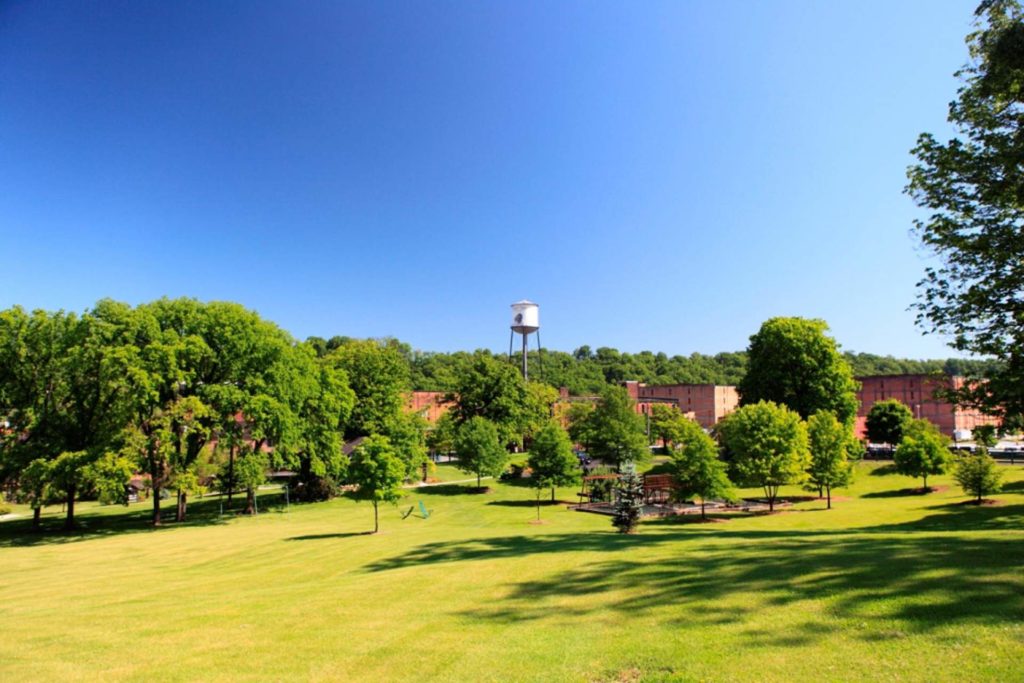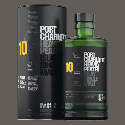An einem außerordentlich langsamen News-Tag blicken wir über den Atlantik zur Buffalo Trace Distillery in Kentucky, wo man schon vor der Corona-Pandemie mit einem großen Investitionsprogramm in der Höhe von 1,2 Milliarden Dollar begann, die Örtlichkeiten auszubauen, um die Produktionskapazitäten zu erhöhen und mehr Bourbonfässer lagern zu können.
Einen Überblick über den Stand der Dinge gibt die nachfolgende englischsprachige Pressemitteilung. Auch ein 2 Minuten langes Video über den Ausbau haben wir der Meldung beigefügt:
Buffalo Trace Distillery Continues Expansion
$1.2 Billion Investment Underway to Increase Bourbon Supply For Future Years
FRANKFORT, Franklin County, Ky (Aug. 11, 2020) Buffalo Trace Distillery is grateful it has been able to survive Prohibition, the Great Depression, numerous floods, two World Wars, and is now working hard navigating through a pandemic, all the while never ceasing to make whiskey. Currently in the middle of a $1.2 billion infrastructure investment, this National Historic Landmark has made great strides in the past year. Still, Buffalo Trace predicts it will be a few more years before their whiskey supply catches up with demand, as consumers’ taste for its whiskeys continue to increase.

In the past year, this 247-year-old Distillery has installed four new cookers, four new fermenters, opened a new high speed-bottling hall, and completed construction on three more barrel warehouses. Here are more details on each project:
Just before the end of 2019, Buffalo Trace started cooking corn in its four new 22- foot tall cookers. The cookers are responsible for pressure-cooking the milled grain before the mash is cooled and fermented. The new cookers span three floors in height and give Buffalo Trace 80,000 gallons of cooking capacity, which is more than two and a half times the volume of the old cookers. The roof of the 1930s era Mash House was removed to install the massive cookers into the building. New cookers for the other grains were also installed to cook rye, wheat and malted barley.
Four new fermenters were also added last summer in the 1880s building that formerly housed the larger bottling operation. Each of these 93,000 gallon vats are slightly bigger than the twelve existing fermenters in use since 1933. A new cooling tower, which cools down the grains after they are cooked into mash, was also added.
A new $50 million high-speed bottling hall was completed in late 2019, located on site near the distribution center. The bottling hall is 110,000 square feet and offers improved efficiency, flexibility and overall quality for the Distillery’s award-winning brands. Happily, it came online just in time to also package hand sanitizer, which the company started producing on March 27th in response to Covid-19. The hand sanitizer is being made for some of the world’s largest organizations in healthcare, government, military, retail, airline, pharmacy and financial industries. The Distillery plans to continue to supply hand sanitizer for as long as the need is there.
Three new barrel warehouses have been completed in the past year, EE, FF, and GG, joining four other newly filled warehouses. Each warehouse holds 58,800 barrels, costing about $7 million each to build and another $21 million each to fill with barrels. Barrel warehouses HH, JJ and II are in various stages of construction now. Fifteen new barrel warehouses will be built on the 200 acres of land known as the “Whiskey Farm,” purchased adjacent to Buffalo Trace a few years ago. Every warehouse at Buffalo Trace is heated during the winter months, a rarity for bourbon warehouses, but a tradition started by E.H. Taylor Jr. in the 1800s. The reason for heating the warehouses is to keep the bourbon moving in and out of the wood to yield more flavor and color as barrels mature during the cold Kentucky winters, rather than lying dormant when the temperature drops.
Also in the works are eight more fermenters, a new dry house (the area where spent mash is dried and shipped out), a water treatment facility, a second still house, more barrel warehouses, and in the future, another craft bottling hall. Another craft bottling hall will allow Buffalo Trace to produce more single barrel and small batch bourbons.
Tours resumed July 1, and guests are now able to see the expanded Visitor Center at Buffalo Trace, which backs up to the recently completed fermenter expansion and includes additional tasting rooms and more retail space. The expanded Visitor Center triples the size of the former space, to accommodate for the ever-increasing interest in bourbon tourism, which accounted for nearly 300,000 visitors to Buffalo Trace in 2019.
Even with all this expansion progress, demand for Buffalo Trace Bourbon and other whiskeys made at the award-winning Distillery continues to outpace supply, as most of its whiskeys age for eight years or more. “Although we’ve been increasing production on all of our bourbons for the past several years, the consumer demand also continues to increase,” said Kris Comstock, senior marketing director. “We understand fans are frustrated when they can’t find our brands on liquor store shelves. While we are bottling and shipping record amounts, overall demand outstrips supply, and as a result our brands will continue to remain allocated to ensure every state receives some each month.”
Allocations of favorite brands like Eagle Rare, Weller, Blanton’s and E.H. Taylor are increasing faster with each passing year and at the same time Buffalo Trace has been able to unveil several new whiskeys, such as Weller Full Proof and Weller Single Barrel, Double Eagle Very Rare, Blanton’s Gold in the United States, Old Charter Oak, and several others. “We promise we are doing everything we can to make more, as evidenced by our progress we’ve made in the past year with our expansion,” said Master Distiller Harlen Wheatley. “But great bourbon does take time to age, and we won’t comprise age, taste, or proof just to fill more bottles. We’re just asking our fans to remain patient as we wait for our stocks to mature.”















